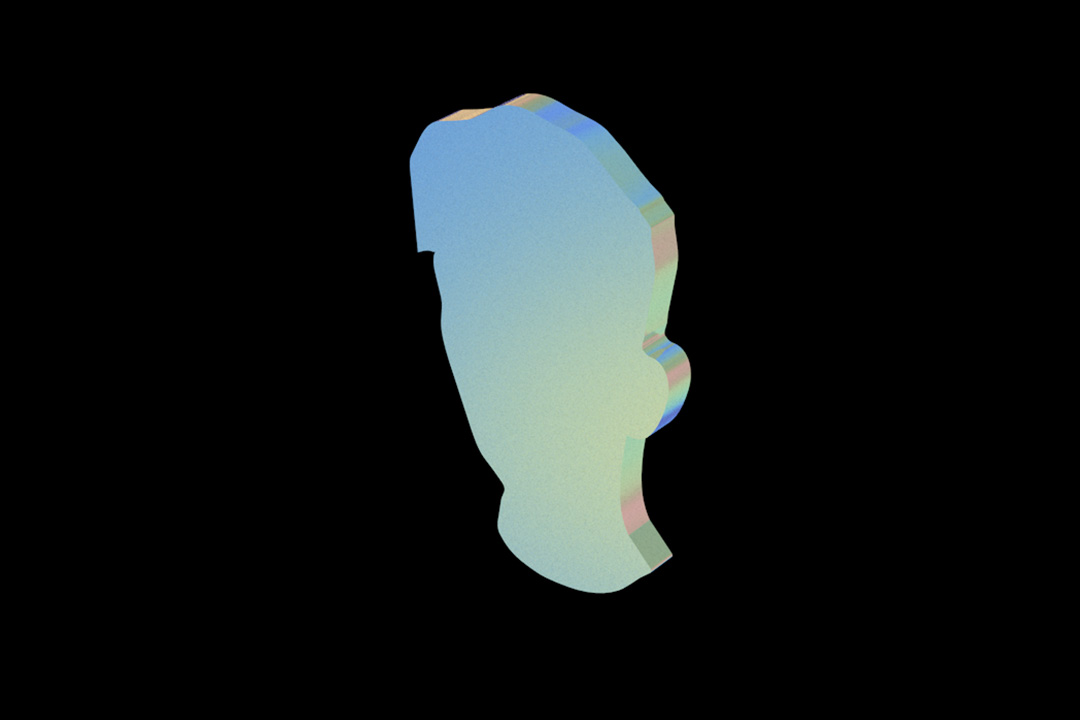About the project
Unlike classic satellite shots simulating the spread of an oil spill using colored areas and lines, we opted for sonification. We perceived the method as suitable for our project mainly because oil spills could be too abstract to imagine. We believe landlocked countries should pay attention to the sea-pollution. Not only the coastal states draw from offshore oil production but the entire oil and energy market.
Our goal was to create a perception that will draw you into the accident. During our survey, we became interested in a particular accident from 2018, when a cargo ship crashed into the Sanchi oil tanker carrying a characteristic transparent condensate oil. During this accident, an incredible 113,000 tons of condensate oil leaked into the sea.
We use data-based soundtracks to represent oil condensate leaks. Each of the tracks corresponds to one component of the liquid leaked into the sea. You can play individual tracks on the website or listen to them all at once.
The dataset we use has two components: the bunker that powered the Sanchi oil tanker and the transported condensate oil.
It is difficult to grasp the consequences of a catastrophe, which will manifest itself long-term (for example, in a reproduction of marine animals). Because this specific liquid has never leaked into the sea before, it is not easy to estimate the long-term consequences. However, we might encounter them in the future.
About the accident
What happened between Sanchi and CF Crystal?
When the CF Crystal cargo ship crashed into the Sanchi tanker carrying oil condensate from Iran to South Korea on the 6th of January 2018, it quickly became the biggest oil disaster of the decade. The ship burned and exploded at sea for a week before the tanker finally sank on the 14th of January. None of the 32 crew members survived the disaster. Statistically, the number of oil accidents has decreased significantly over the last 50 years. In the 70s there was an average of 24.5 accidents per year. The number of accidents has been declining up to 1.5 accidents in 2019, despite the increase in cargo tanker transport.
Typical oil slicks
The typical oil slicks are high in density and viscosity, which prevents the dissolution of oil in water. On the one hand, these oil slicks lead to tragic deaths of birds, which, due to an abnormally calm surface caused by oil, choose to land but are no longer able to take off again. On the other hand, these properties make it possible to remove the spot at least partially mechanically. This method of refinement does not promise to remain without consequences for the environment. However, oil as such is an organic product and in the long run, it is biodegraded by sea bacteria.
What is condensate oil?
The liquid that leaked from the Sanchi tanker was condensate oil. It does not accumulate on the surface, nor does it sink to the ocean floor as heavier oil components, which complicates monitoring and capturing. Condensate oil is a light compound that is more likely to burn, evaporate or dissolve below the water surface, where its chemical components remain for weeks to months.
In terms of volume, Sanchi, with an estimated 113,000 tons of oil condensate leaked into the ocean, is the worst oil accident since 1991 and the largest condensate leak into the oceans and seas ever. The short-term effect could be smaller than in a standard oil accident. The immediate consequences of oil spills are related to the high density and viscosity of the oil. But estimating the long-term effects are questionable. There are speculations about what long-term effect a disaster may have, for example, on the reproduction of fish and plankton or algae. However, the consequences of this specific accident remain uncertain because the disaster is unprecedented. The actual impact on marine life, f.e. in the sense of reproduction, will only be recognized in the long term. Therefore, it is valuable to monitor this event.
Other threats
The problem of oil spills is currently far complex than this individual disaster. For example, expanding offshore mining remains a significant risk. It is on the rise due to the depleting deposits on the seacoast. Despite the oil companies trying to present the adventurous and exploratory level of such activity, there endures a significant risk given the depth, unpredictability of oil fields under pressure, major weather changes, and frequent hurricanes accompanying the open sea.
About sonification
For our project, we decided on a sonication method, in which data are assigned to individual sound outputs to create an accurate sound representation. We use data collected for 45 days by measuring various pollution values after the Sanchi collision in 2018 and convert them into individual tracks. That allows listeners to perceive the decomposition of the oil slick in a new way. It is possible to play all the components at once, listen to each category separately, or examine a comparison of oil condensate and bunker oil.
Sonication has found use in both the scientific and artistic fields. In the scientific environment, it is used primarily for studying complex data or data impossible to display. It allows scientists to examine data from a new perspective that would not be apparent from their mere reading. Recently, researchers have used sonication to study the structure of the COVID-19 virus. By converting the data into audio, they have encouraged the faster study of the virus. Another scientific use is DNA analysis. DNA, or its components, often forms a repeating pattern. If this pattern disrupts by any deviation, genetic mutation reveals.
We encounter sonication more often than it might seem. Take a clock and its sound representation for one second or a church bell that rings every hour. In hospitals, we can find an ECG meter. In the scientific field the Geiger's computer for measuring radiation.
When sonicating data, it is a good idea to keep in mind that we are not necessarily trying to create something beautiful or melodic. On the contrary, this process can often result in a highly repetitive melody. It is also important to properly distinguish the individual values so that the listener can perceive the tracks more easily. Therefore, it is not advisable to use the same tone for two different data tracks. In some cases, we can work with a variable tempo - BPM. But often it stays unchanged to allow the listener to perceive the timeline of the sonicated data.
About us
We first met at Scholastika in Prague and started attending UMPRUM Graphic design and visual communication studio in the same year. Our first common project was a psychedelic video essay called 5-minute Universal Guide.

